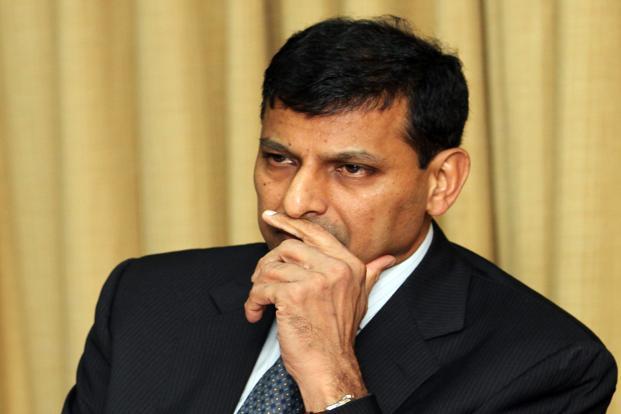Two public sector banks—Kolkata-based Allahabad Bank and Bank of India in Mumbai—have new chief executive officers. Shubhalakshmi Panse took charge as chairman and managing director of Allahabad Bank in October, replacing J.P. Dua, who had retired in August. Vijayalakshmi R. Iyer, an executive director of Central Bank of India, took over as chief of Bank of India after Alok Misra retired.
Bangalore-headquartered Canara Bank’s chief S.Raman retired in September but the post has still been lying vacant. Another large public sector bank, Bank of Baroda’s chairman and managing director M.D. Mallya will step down by the end of this month. So, this bank too will get a new chief. A few more top posts in state-owned banks will fall vacant in next few months.
Analysts typically keep a close watch on those banks which get new chiefs. There are reasons behind that. They want to understand the administration style of the new chiefs but, more importantly, a change of guard almost always has an impact on a bank’s balance sheet. Typically, when a new CEO takes over, the bank’s net profit goes down for the next few quarters. It is because the new chief comes with a broom to clean up the balance sheet. The bad assets swell and, since the bank has to set aside money to take care of such assets, its net profit falls. The implicit message is that the outgoing CEO had not done his job properly.
Lower net profit and higher non-performing assets have become a norm for most banks that see change in leadership although there are exceptions. For example, M.V. Nair of Union Bank of India had a long stint at the top—more than five years—and even before he stepped down, the bank’s bad debts started rising, affecting net profit. Which means, in this case the bank’s balance sheet started showing cracks even before a new CEO took over. On the other hand, immediately after O.P. Bhatt stepped down as the chairman of State Bank of India, the nation’s largest lender, after a close to five-year term, the bank’s net profit nosedived as his successor Pratip Chaudhuri had to set aside a massive amount to take care of the pension liability of its employees.
Bank of Baroda’s Mallya has been in the saddle for little more than four years, after heading Bank of Maharashtra, a relatively smaller bank, and till now his performance has been steady. We don’t know whether his successor will see a rise in bad loans after Mallya steps down.
Why does this happen? Most public sector bank chiefs have a short tenure of two years or little more. Many of them spend the first few quarters to prove that the predecessor was not a prudent banker and there is a pile of bad assets which was hidden. So, they start cleaning up, earn kudos from analysts for transparency and prudence, but as the retirement approaches, they fall into the same trap—stop declaring bad assets and focus on showing better profits. This cycle continues.
The main reason behind this is the fact that there is no clear policy for the selection of a public sector bank chairmen. In some cases, an executive director is first appointed as a chief of a relatively smaller bank and, only after gaining experience of running a bank, he is promoted as the chief of a large bank. But there have been instances where executive directors have been made chiefs of large banks straightaway. Similarly, there is no fixed norm for the residual tenure of a banker to be eligible to become the boss. Normally it is two years, but there have been instances where a banker is appointed as chairman with less than two years to retire. Such appointments are justified on the ground that at the time of notification of appointment, the gentlemen have at least two years of service left, but by the time the actual appointment happens, this period has shrunk.
There are other issues too. Professionals in relatively smaller banks have an unfair advantage over their peers at large banks, where generally the promotion process is slow and it takes longer to reach the senior level. So, a 55-year-old general manager of a large bank competes with a 48-year-old general manager of a relatively small bank (who has climbed the ladder quickly because of a fast-track promotion policy) for an executive director’s post and curses himself for working with a large bank.
The solution is dismantling the current system of selection of executive directors and CEOs. The government should follow a hands-off policy and leave it to a selection board run by professionals who are open to search for good candidates from the market across the financial sector. The minimum tenure of a CEO should be at least four years or so and, if the person is not delivering, the board should show him the door.
Finally, retirement benefits should be released at least six months after a CEO steps down and, if it is found that he was imprudent while giving loans and his sole focus was on showing higher profits at any cost, he should be denied all superannuation benefits.
One of the reasons why some private banks are doing well is the long tenure of their CEOs. They are accountable to the board. In case of public sector banks, most CEOs want to play safe and do not want to take any decision that may miff the government. Let’s hope that the new set of CEOs will play the game differently. Apart from the majority owner, they need to take care of the interests of other investors, besides their customers.



